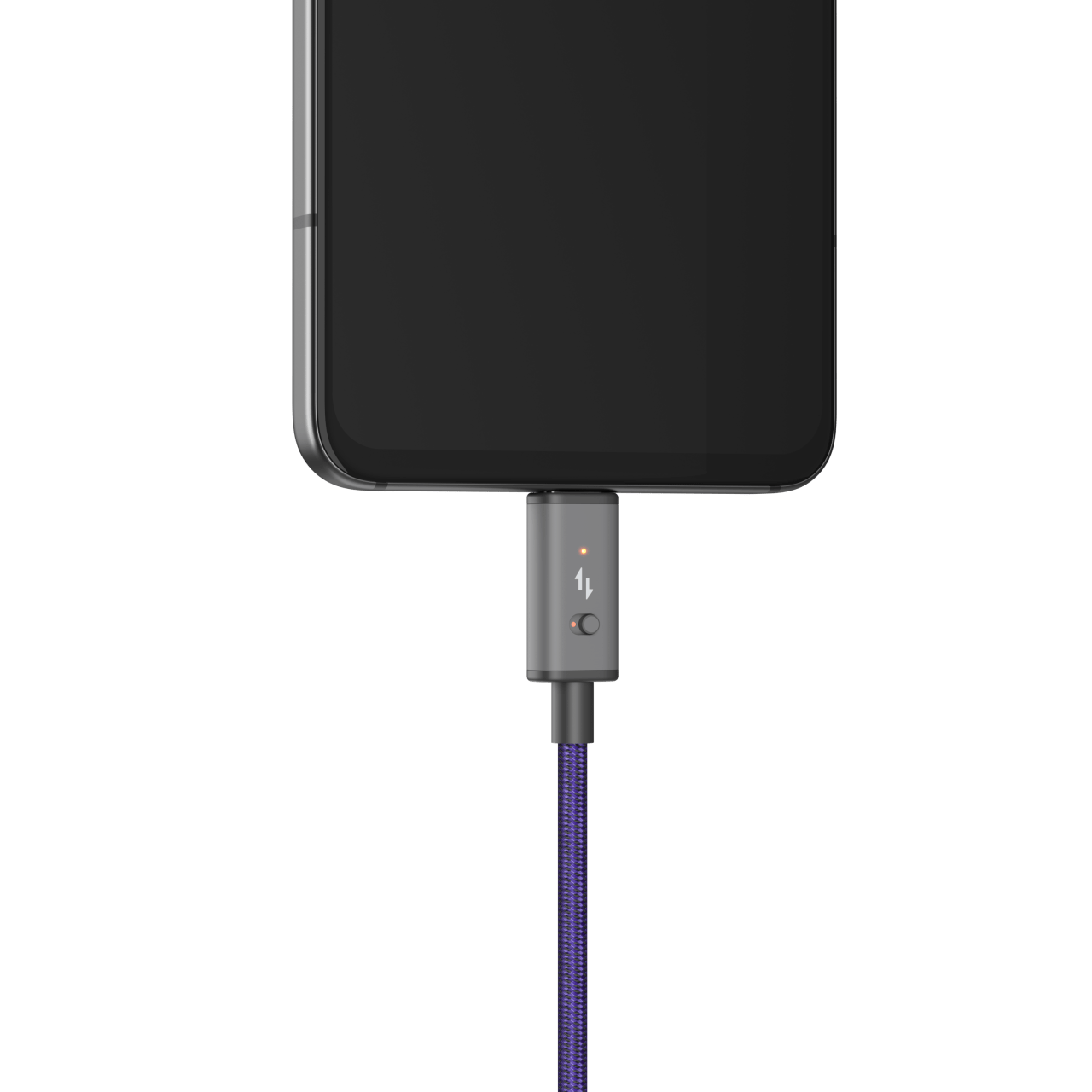In the ever-evolving landscape of technology, the launch and shutdown of companies can offer profound insights into the industry’s challenges. The recent news of OSOM Products shutting down serves as a stark reminder of the hurdles faced by startups, particularly those daring enough to step into the fiercely competitive smartphone market. Founded in 2020 in the wake of Essential’s closure, OSOM had ambitions of creating a privacy-focused mobile device but ultimately succumbed to the harsh realities of a dwindling customer base and market viability.
A Bumpy Road Ahead
OSOM’s journey began with high hopes and a clear vision: to create a smartphone centered around user privacy. However, reality quickly set in as the company encountered multiple obstacles, including legal disputes involving allegations of financial mismanagement from former employees. Such challenges are unfortunately common in the tech industry, where legal battles can drain both resources and morale.
Products and Projects: What Went Wrong?
While OSOM did launch a device, it wasn’t the first-party phone enthusiasts were hoping for. Instead, it partnered with Solana to produce a web3-focused device. They also introduced the OSOM Privacy Cable, an ingenious USB cord that offers users the ability to disable data transfer—an innovative solution to combat the growing threat of “juice jacking.” Despite these efforts, the excitement fizzled out, leading to the stark admission by CEO Jason Keats that the company had “no customers for a mobile phone.”
Pivots and Plans for the Future
In light of dwindling sales, OSOM attempted to pivot towards new projects, specifically developing an “AI-powered camera” to capture a renewed interest in their brand. This kind of pivoting is often essential in the tech world, where the ability to adapt is crucial for survival. Unfortunately for OSOM, efforts to sell the company to HP also fell flat, signaling a significant loss of traction at a time when they needed it most.
The Broader Implications
This closure reflects broader trends in the consumer electronics market. Fundraising has become increasingly difficult for startups aiming to carve out a niche in an already crowded field. The market is saturated with established giants that have built formidable customer loyalty and extensive marketing resources. As Keats pointed out, the unfavorable climate for fundraising indicates a grim future not only for OSOM but for other startups with similar aspirations.
Looking Forward
As OSOM winds down its operations, there’s a poignant takeaway: innovation in technology is a double-edged sword. While the introduction of new ideas and products is essential for growth, the necessity of a solid market base cannot be overlooked. It’s a lesson in viability—no matter how groundbreaking an idea may seem, it ultimately needs a receptive audience to thrive.
For more insights, updates, or to collaborate on AI development projects, stay connected with fxis.ai.
At fxis.ai, we believe that such advancements are crucial for the future of AI, as they enable more comprehensive and effective solutions. Our team is continually exploring new methodologies to push the envelope in artificial intelligence, ensuring that our clients benefit from the latest technological innovations.
Conclusion
The story of OSOM serves as both a cautionary tale and a call to action for entrepreneurs in the tech space. It emphasizes the importance of understanding not just the technology but the market dynamics that sustain and support such innovations. While this chapter closes for OSOM, it undoubtedly contributes to the ever-evolving narrative within the technology industry—one that continues to inspire or warn future innovators.

